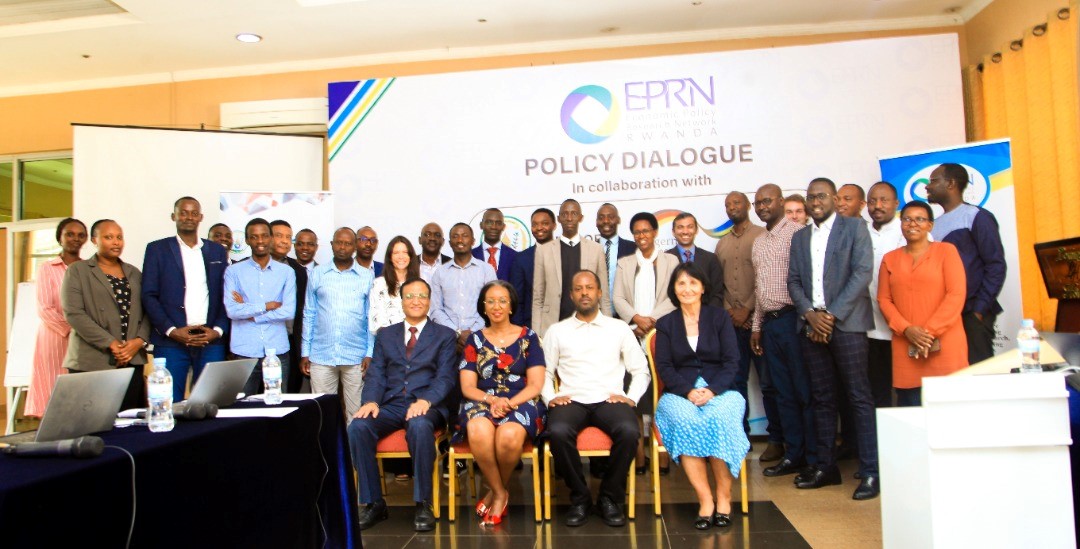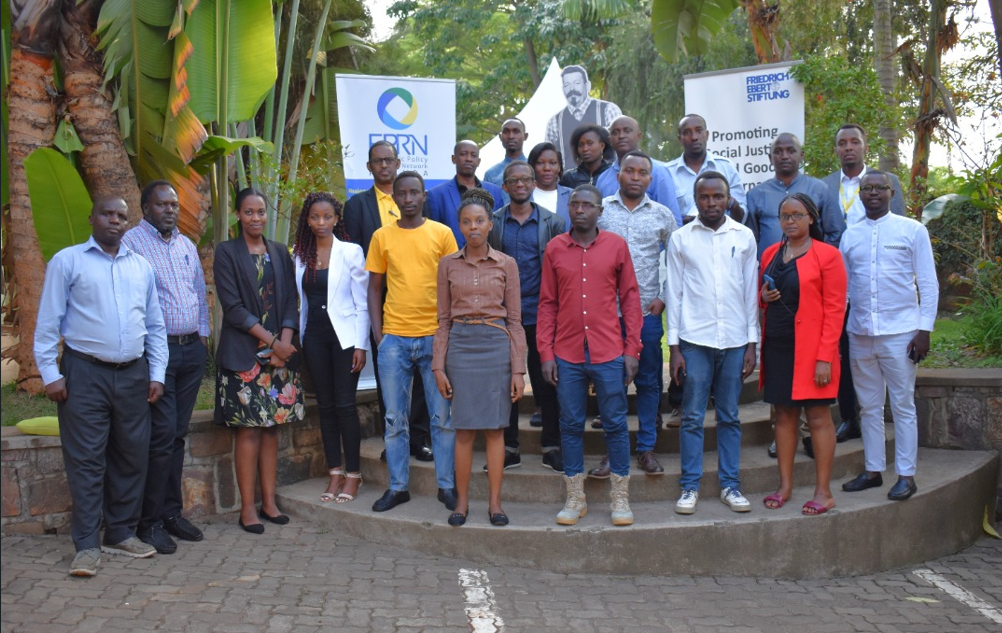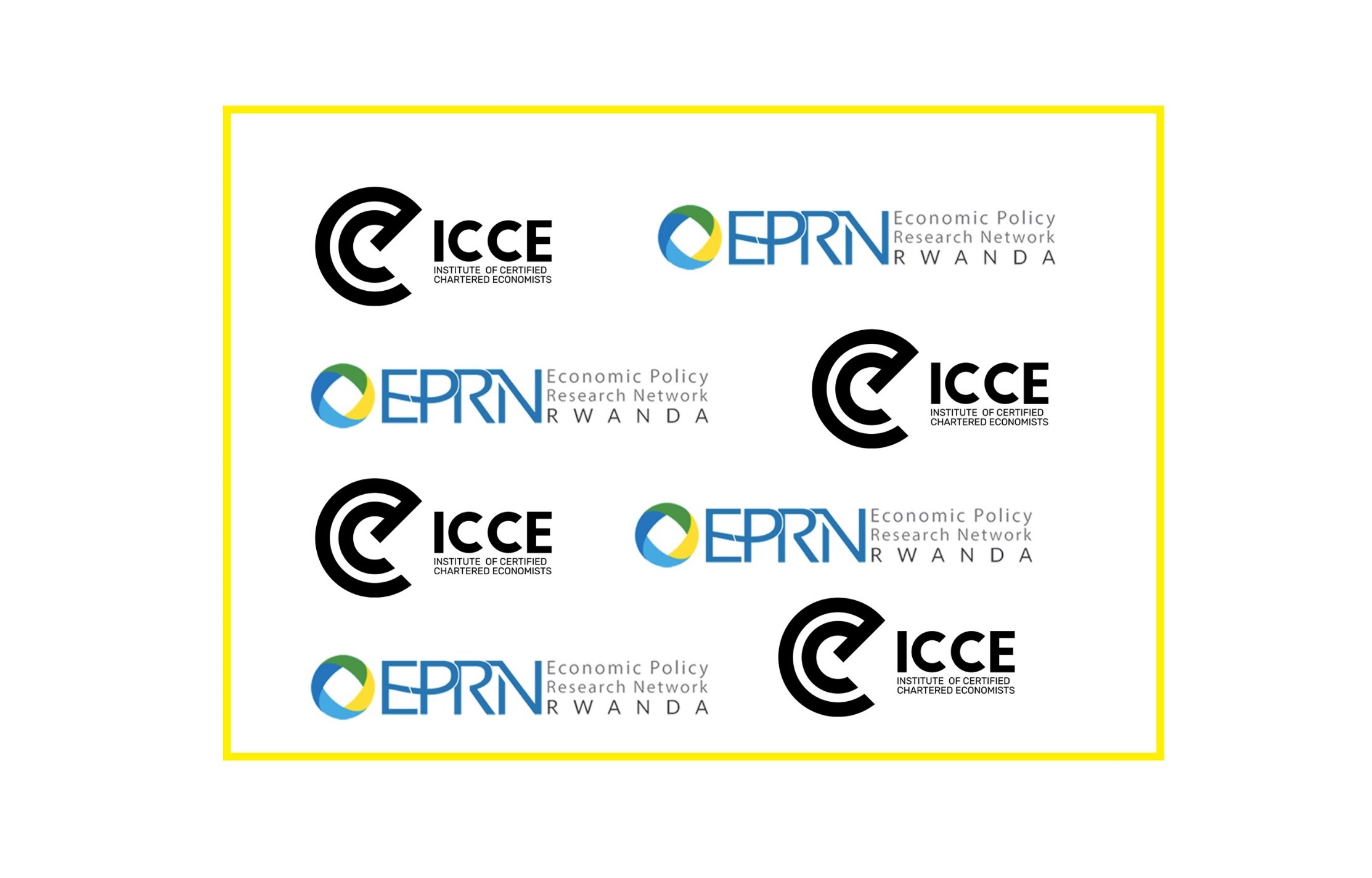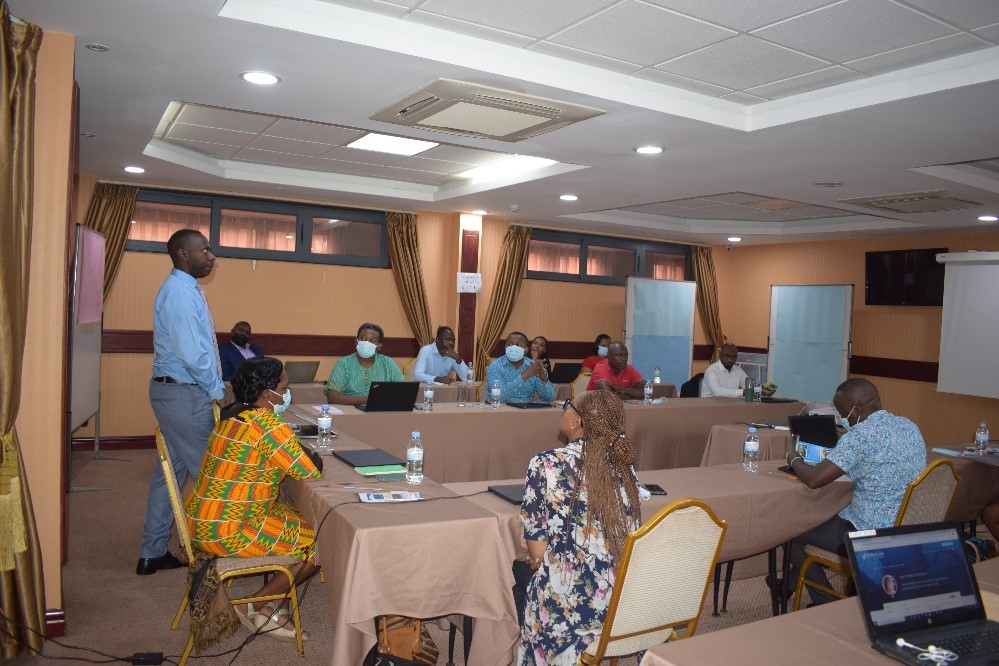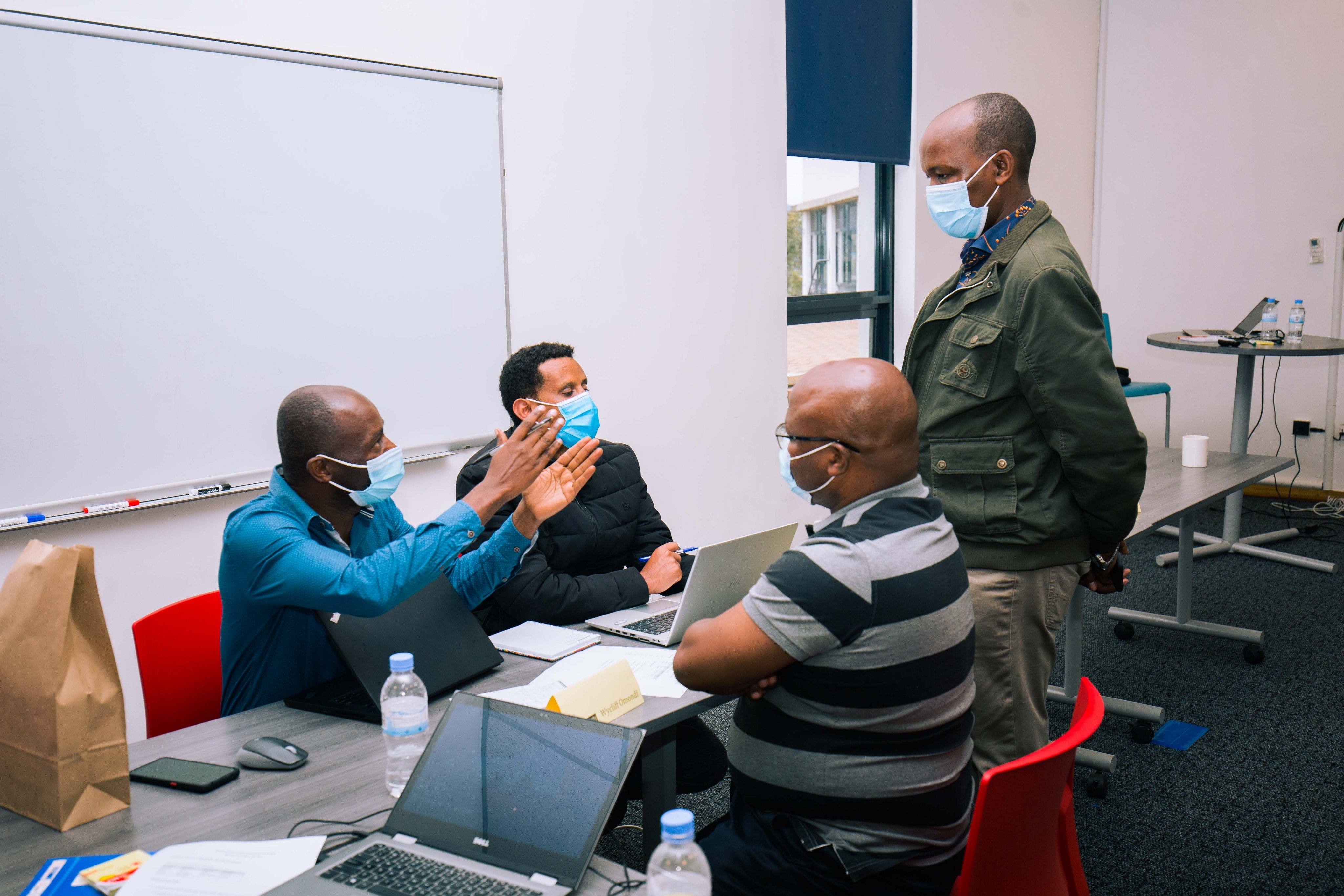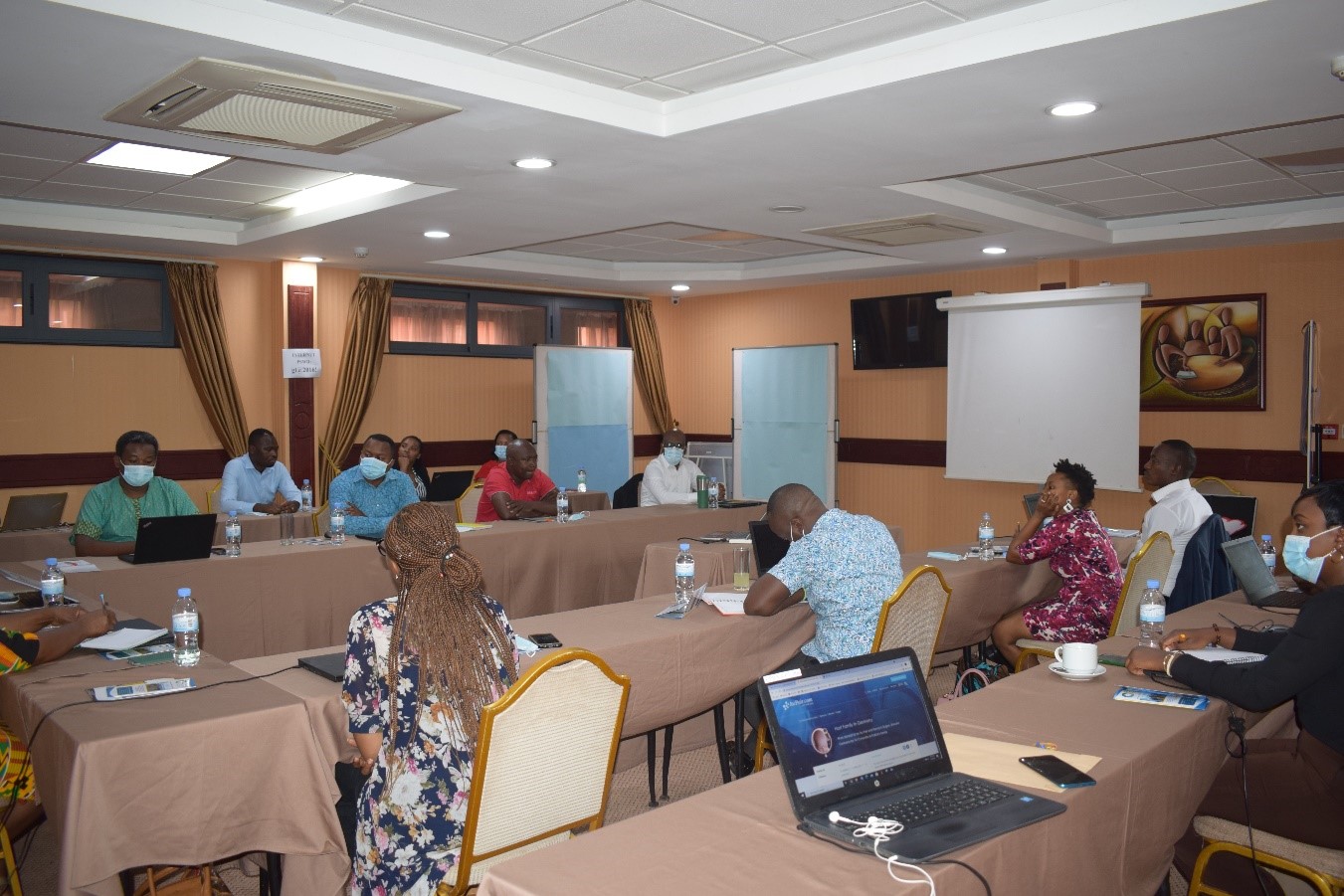Effect of Foreign Aid on Real Exchange Rate in Rwanda

Joseph Gasana and Charles Mulindabigwi Ruhara
This study examines the effect of foreign aid inflows on the real exchange rate in Rwanda. It uses annual time series data for the period of 1980 to 2013. The main hypotheses of the study is that large foreign aid inflows in Rwanda lead to the appreciation of the real exchange rate and thus, impact negatively on exports competitiveness, a phenomenon known as the Dutch disease effect.
To test the research hypothesizes ; the Johansen cointegration techniques and the vector error correction model were used to estimate the long run equilibrium and the short run real exchange rate respectively. Although Rwanda received considerable foreign aid inflows within the period under study, the estimated model results suggest that the country foreign assistance depreciates the real exchange rate.
In order words, foreign aid inflows have a positive impact on the real exchange rate in Rwanda. However, the research reveals that there is no long run relationship between foreign aid inflows and Rwanda exports, meaning that exports in Rwanda have other determinants, which are not foreign aid inflows. The results of the study suggest that Rwanda can still receive foreign aid as they do not harm exports competitiveness.
They should however be used in the provision of the public goods. In addition, given the fact that trade openness appreciates the real exchange rate, Rwanda can continue the economic integration process with other economies in Africa and the rest of the world.
Doc 1




